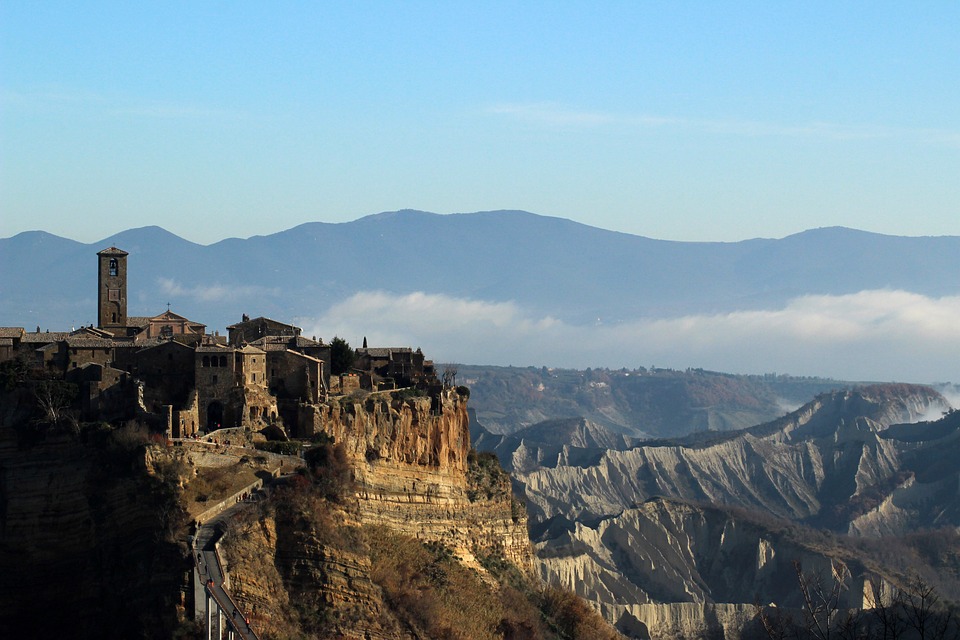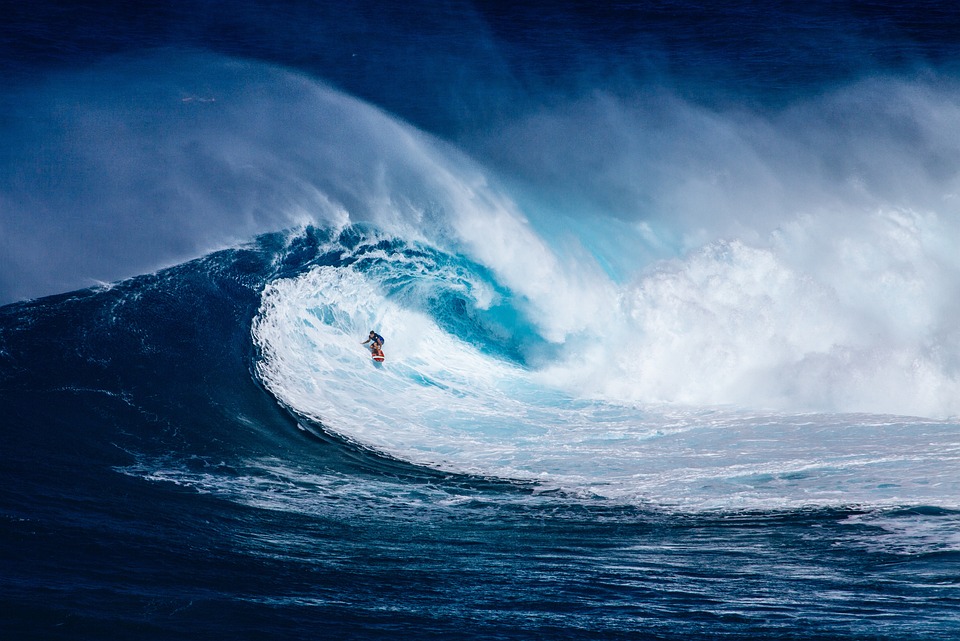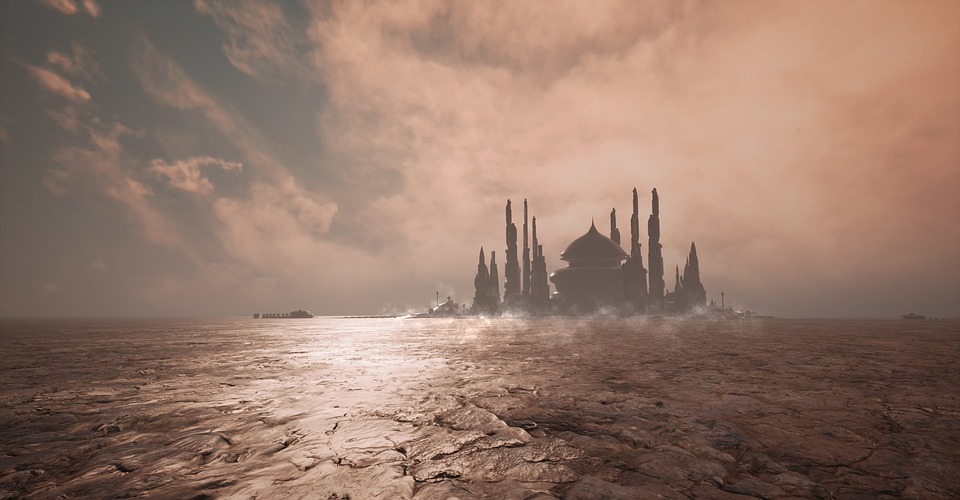The Art of Light and Water: How Droplets Can Produce Stunning Visual Effects
Imagine walking through a serene forest on a warm summer day, surrounded by the soothing sounds of a gentle stream. As the sun shines through the trees, the light catches the water droplets suspended in the air, creating a mesmerizing display of sparkling diamonds. This enchanting phenomenon is a perfect example of the art of light and water, a unique fusion of science and aesthetics that has captivated humans for centuries.
The Science Behind the Magic
When a water droplet is illuminated by light, it behaves like a tiny prism, refracting and reflecting the light in a way that creates stunning visual effects. The shape and size of the droplet, as well as the angle of the light, can alter the way it interacts with the light, producing a range of patterns and colors.
One of the most fascinating aspects of light and water is the concept of total internal reflection. When light enters a droplet, it slows down and bends, or refracts. If the light hits the inner surface of the droplet at a certain angle, it is completely reflected back into the droplet, creating a shimmering, iridescent effect.
Capturing the Beauty
To capture the beauty of light and water, photographers and artists use a variety of techniques. One popular method is to suspend water droplets in mid-air using threads or wires, creating intricate, lace-like patterns. Another approach is to use a mist or fog machine, which produces a thick, wispy atmosphere that can be manipulated to create a range of effects.
Image: A photographer’s dream come true: suspended water droplets create a stunning display of light and water.
Stunning Visual Effects
The art of light and water is not just limited to visual effects; it also has practical applications in fields such as lighting design, optics, and even climate engineering. For example, designers can use light and water to create mesmerizing installations that respond to environmental conditions, such as temperature and humidity.
FAQs
Q: How can I create stunning light and water effects at home?
A:** You can use a spray bottle and a sunny window to create your own miniature light and water display. Experiment with different angles and shapes to create unique patterns.
Q: What is the difference between mist and fog?
A:** Mist is a mixture of water droplets and air, while fog is a thicker, more concentrated form of mist. Both can be used to create stunning visual effects.
Q: Can I use light and water to create 3D images?
A:** Yes! By manipulating the angle and shape of the water droplets, you can create the illusion of depth and create stunning 3D images.
Q: Is light and water only used in art?
A:** No! The art of light and water has practical applications in fields such as optics, lighting design, and climate engineering.
As we continue to explore the fascinating world of light and water, we are reminded of the beauty and complexity of the natural world. Whether you’re a photographer, artist, or simply someone who appreciates the wonders of science, the art of light and water is sure to captivate and inspire you.



